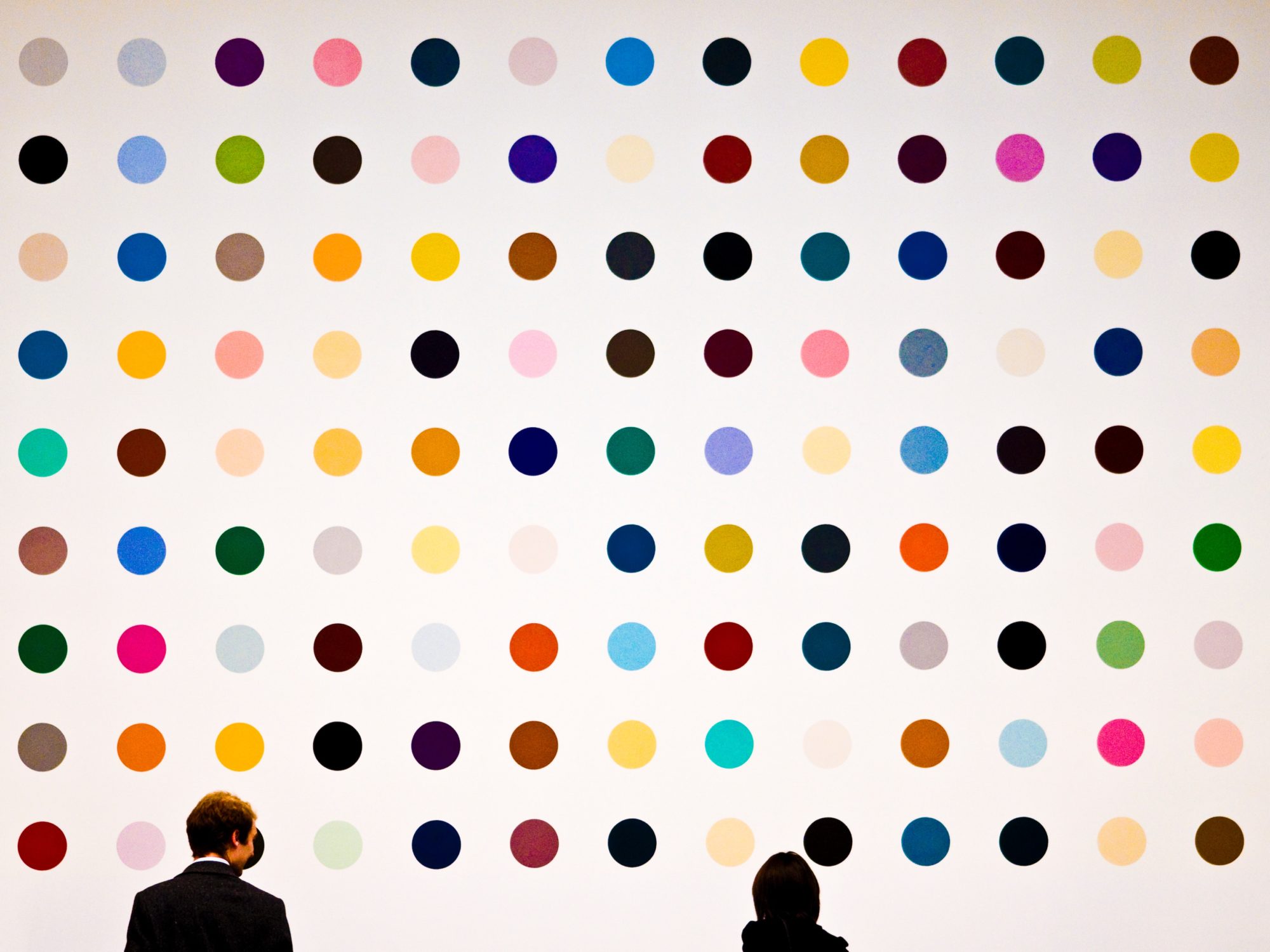Design Thinking for Instructional Designers
By Nada Savicevic
When I was a kid, I loved to do dot-to-dot puzzle activities. I would try to imagine what a hidden picture would reveal before starting with the first dot. A moment of revelation, when the mystery picture started emerging from the dots, was so thrilling that I became an expert in guessing the patterns just by looking at the way numbers were positioned. I wonder if my professional soul searching is somehow a result of always looking for the next dot and guessing what it might reveal for me.
My current job title is Instructional Designer. I consider myself an accidental instructional designer, which I learned happens more often than not with my fellow IDs. This makes sense since it is hard to imagine a 17 or 18-year old excitedly announcing “I want to study instructional design!” Being a lover of anything design since an early age (my mom claims that she couldn’t get me out of the house as a toddler if all my clothes, from socks to the bow in my hair, didn’t perfectly match), I started my professional career as an architect eager to conquer the world of a space design. Alas, I soon discovered that a major part of my job was on the construction site under a safety helmet (a hair bow was hidden and often squashed), rather than letting my imagination fly on the drawing board. I started looking for the next dot, shifting my interests to a fast and quickly emerging field of a “new media” and multimedia design. Interactive design led to the user interface design, which connected me to the user experience dot. Architecture and UI/UX design have many similarities. At the core of both are people and empathy. With the explosion of connected devices that are becoming a part of a physical environment, architecture and UX design are a natural fit that can holistically consider both the digital and physical user experience. Following the UX dot was Learning Experience Design (LXD), which led me to my current role in instructional design.
Thus, the words “design” and “designer” have been in my title for a long time. Each one meant something different, but in all of these roles I was expected to be a visual thinker, problem solver, I needed to create, innovate, think outside of the box, and push boundaries. Reflecting on my dot-to-dot professional path, I now realize that design thinking is the shape that all these dots form. The process was always the same—the ability to empathize with users or learners, guide them to identify the problem, then come up with a design that meets their needs. All of that is at the core of design thinking. Design thinking brings together what is desirable from a human point of view with what is technologically feasible. (IDEO) Design thinking as a human-centered iterative process for creative problem solving, is one of the most valuable strategies that I was able to add to my ID toolbox. It encompasses concept development, applied creativity, prototyping and experimentation. As a method, it loops back and forth across the following key modes: empathize, define, ideate, prototype, test, share, as defined and popularized by Stanford’s d.school. How do we put design thinking to work? Start by framing a driving question to search for creative problem solving; discover what your learners really need to be inspired, so you can push past obvious solutions to get to breakthrough ideas; build rough prototypes to gain insights on improving concepts; gather feedback to refine them; share a story to inspire others.
Design thinking and instructional design have a lot in common—both strive to meet user/learner needs while searching for solutions to a variety of problems. Therefore, my fellow instructional designers, let’s embrace design thinking process and techniques that have provided so many compelling solutions to a range of human needs, so we can create superior learning experiences for our students.
I am thrilled with anticipation as I wonder what my next dot will be!
Nada Savicevic is an instructional designer with the Office of eLearning, Ryerson University. She also teaches Graphic Design and Design for Mobile Devices at The G. Raymond Chang School of Continuing Education, Ryerson University. You can find her on Twitter @nadaTOs
This post originally appeared in the IDIGOntario #9x9x25 Challenge.
Photo by Paul Bence on Unsplash
